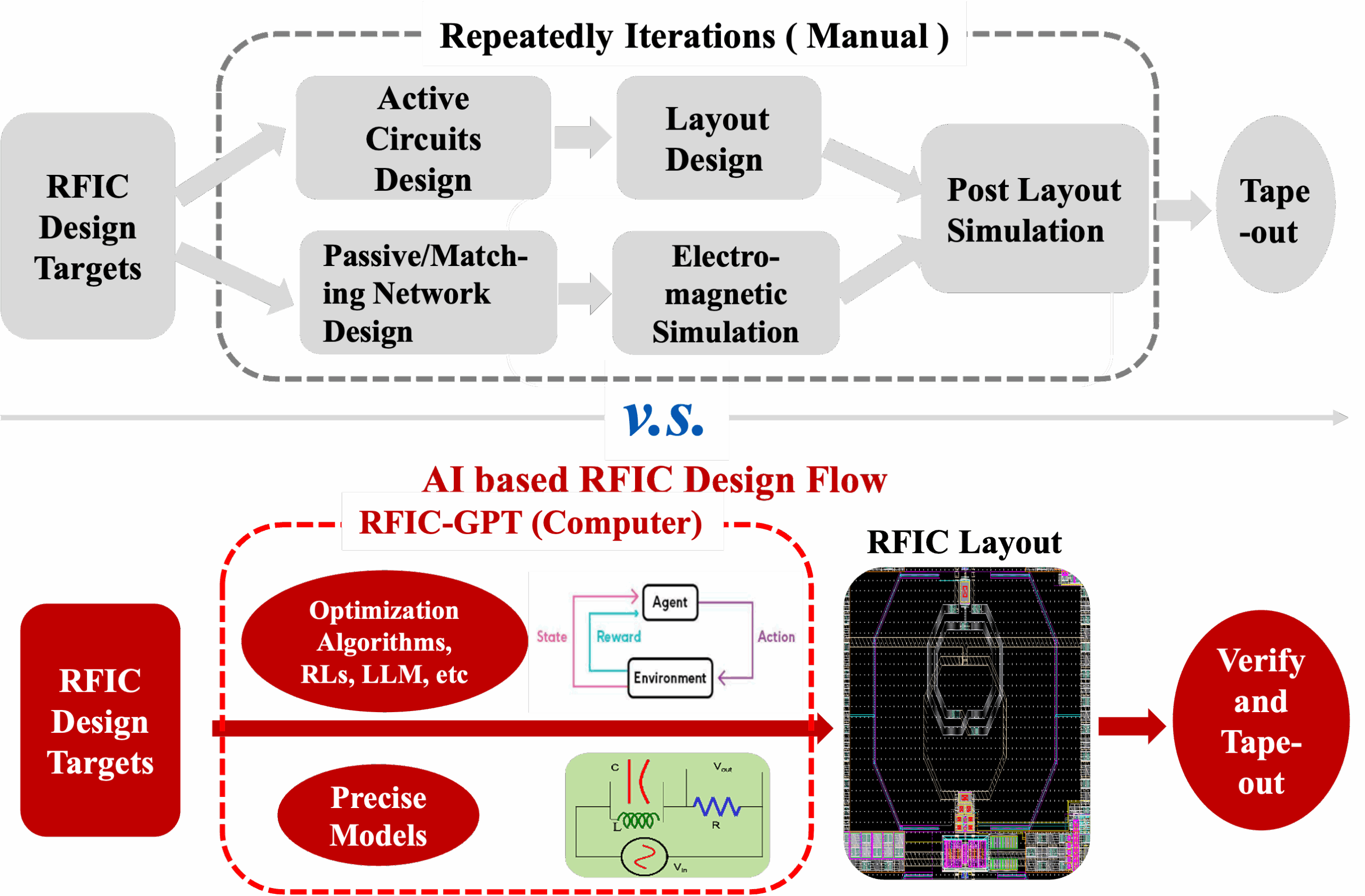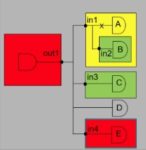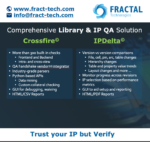Presto Engineering recently held a webinar discussing vision chip technology – what a vision chip is, what are the applications and how can you optimize its use. Samer Ismail, a design engineer at Presto Engineering with deep domain expertise in vision chip technology was the presenter. Samer takes you on a very informative … Read More
 MZ Technologies Launches Advanced Packaging Design Video SeriesIn a significant move aimed at empowering semiconductor…Read More
MZ Technologies Launches Advanced Packaging Design Video SeriesIn a significant move aimed at empowering semiconductor…Read More Superhuman AI for Design Verification, Delivered at ScaleThere is a new breed of EDA emerging.…Read More
Superhuman AI for Design Verification, Delivered at ScaleThere is a new breed of EDA emerging.…Read More The Quantum Threat: Why Industrial Control Systems Must Be Ready and How PQShield Is Leading the DefenseIndustrial control systems (ICS) underpin the world’s most…Read More
The Quantum Threat: Why Industrial Control Systems Must Be Ready and How PQShield Is Leading the DefenseIndustrial control systems (ICS) underpin the world’s most…Read More Radio Frequency Integrated Circuits (RFICs) Generated by AI Based Design AutomationBy Jason Liu, RFIC-GPT Inc. Radio frequency integrated…Read More
Radio Frequency Integrated Circuits (RFICs) Generated by AI Based Design AutomationBy Jason Liu, RFIC-GPT Inc. Radio frequency integrated…Read MoreEmbedded MRAM for High-Performance Applications
Summary
A novel spin-transfer torque magnetoresistive memory (STT-MRAM) IP offering provides an attractive alternative for demanding high-performance embedded applications.
Introduction
There is a strong need for embedded non-volatile memory IP across a wide range of applications, as depicted in the figure below.
The… Read More
Uber: Pariah to Paragon
For years, the lords of Lyft and Uber have declaimed their intention to vanquish car ownership and displace public transportation. It really was as simple and as blunt as that. For sure there would be collateral damage including rental car companies and taxi operators and millions of under-compensated drivers – but the bottom
DVCon 2020 Virtual Follow-Up Conference!
As most of you know DVCon 2020 was our first conference to be cut short by the Pandemic. SemiWiki bloggers Bernard Murphy, Mike Gianfagna, and I were there with full schedules but at the last minute it was called off. It really was an eerie feeling, the emptiness of it all.
The rest of our EDA live events followed suit and went virtual … Read More
Talking Sense with Moortec: Staying on the right side in worst case conditions – Power (Part 1)
In this first part of a 2-part blog series, we look at defining worst case conditions, focusing specifically on device power.
With great power, comes great responsibility…
With each new technology node especially FinFET, the dynamic conditions within a chip are changing and becoming more complex in terms of process speeds, thermal… Read More
The Moving Target Known as UPF
As if engineers did not have enough difficulty just getting everything right so that their designs are implemented functionally correct, the demands of lowering power consumption require changes that can affect functionality and verification. Techniques such as power gating, clock gating, mixed supply voltage, voltage … Read More
Cruise Controlling Its Destiny
The Information tells us that General Motors’ Cruise Automation self-driving car unit has acquired automotive radar maker Astyx. The move can be seen as a simple defensive move to preserve access to valuable radar technology along the path to realizing Cruise’s vision of a robotaxi infused future.
There are a variety
Cadence Adds “Always On” to vManager Verification Management with Distributed and Cloud Access
Cadence vManager™ Verification Management provides what the company describes as metric-driven signoff. Anyone who has been through the tapeout process for a complex SoC knows the perils of verification sign-off. How much of the chip has been verified? What’s left to do? Will all be ready when the tapeout deadline arrives? … Read More
Where’s the Value in Next-Gen Cars?
Value chains can be very robust and seemingly unbreakable – until they’re not. One we’ve taken for granted for many years is the chain for electronics systems in cars. The auto OEM, e.g. Toyota, gets electronics module from a Tier-1 supplier such as Denso. They, in turn, build their modules using chips from a semiconductor chip maker… Read More
Fractal CEO Update 2020
Rene Donkers, the company’s Co-founder and CEO, started his EDA career at Sagantec where he became responsible for world wide customer support and operations management. Ten years ago, Rene and a handful of people noticed a need in the design community for a standardized (portable) IP Validation approach to replace internal… Read More













Quantum Computing Technologies and Challenges